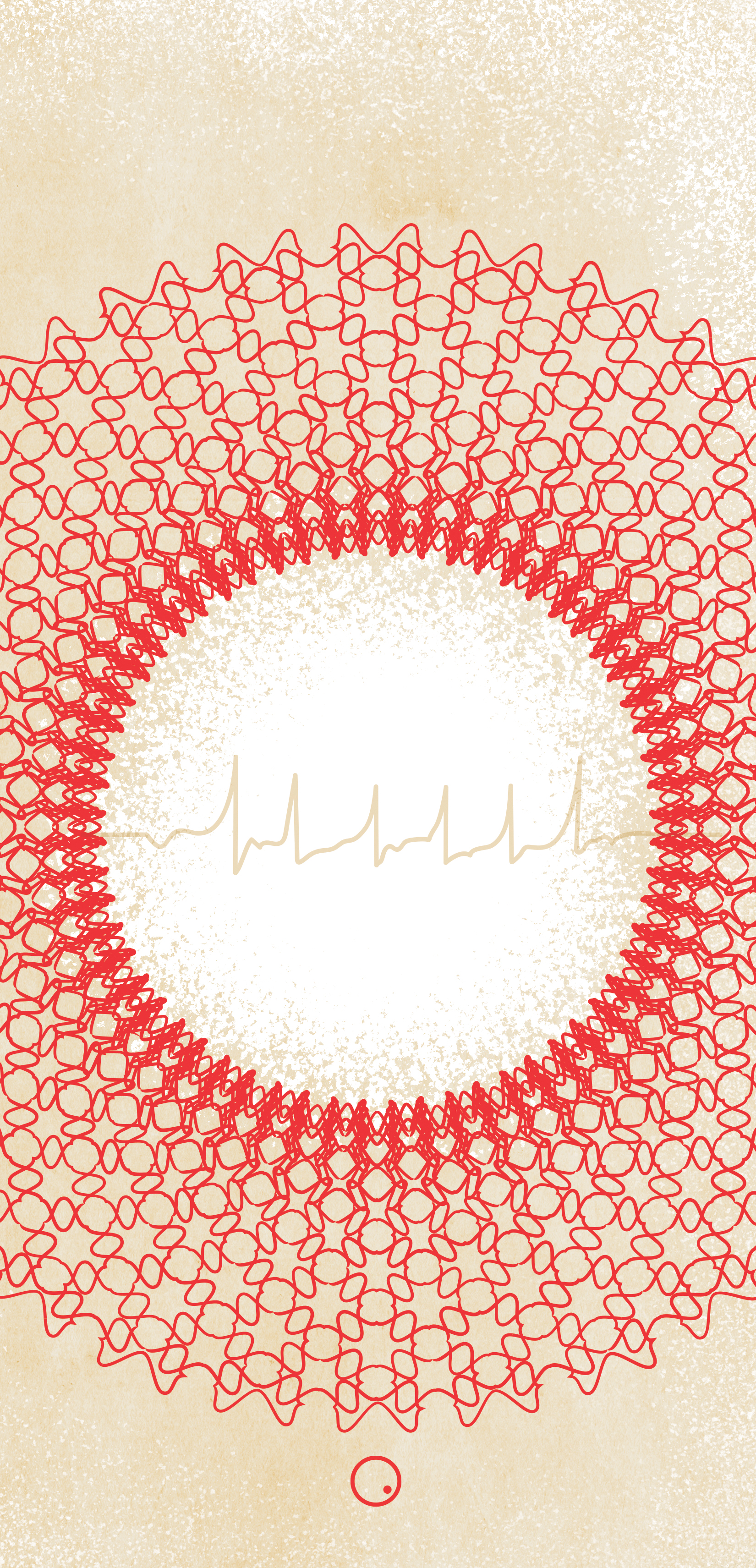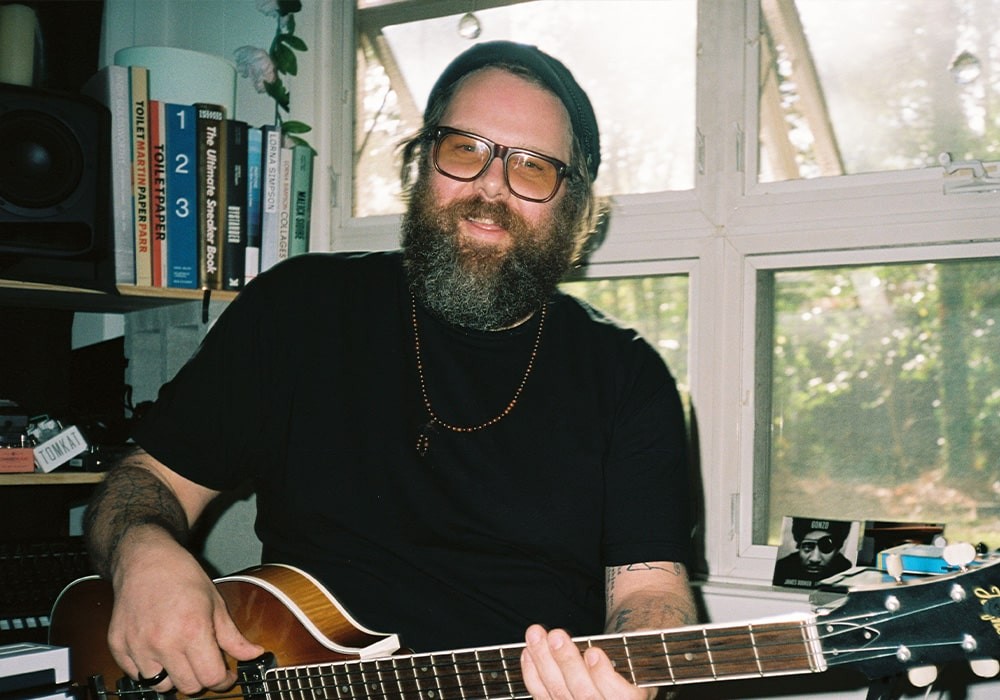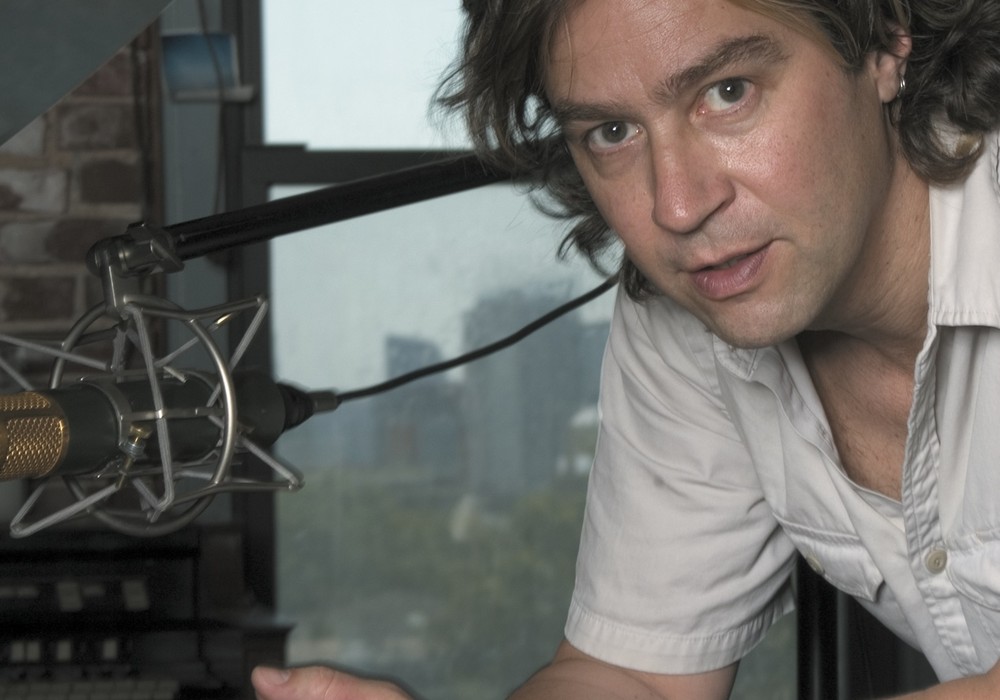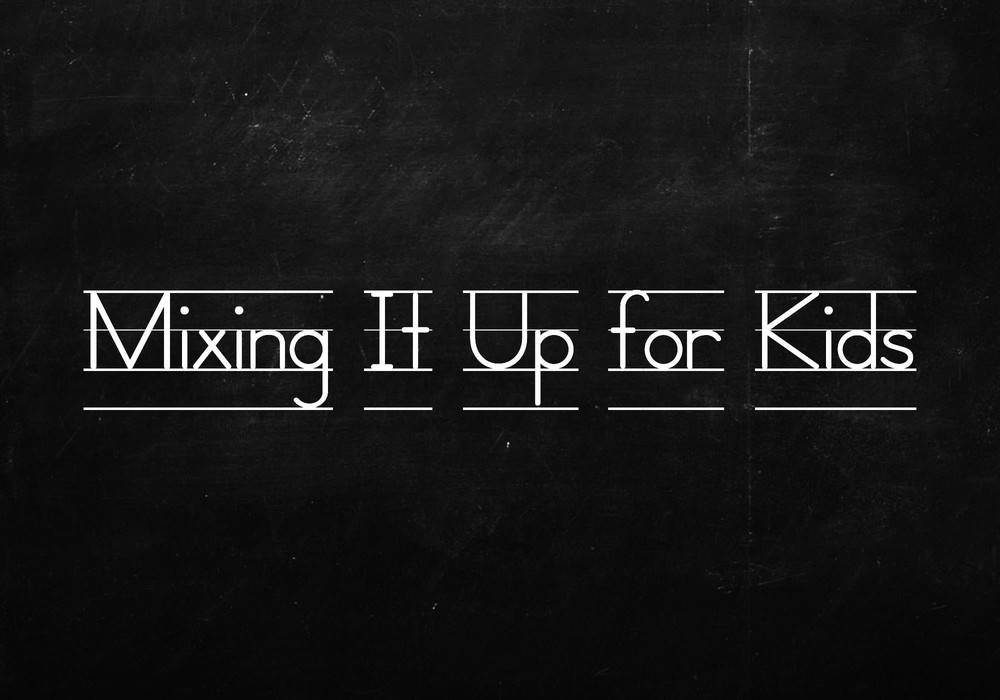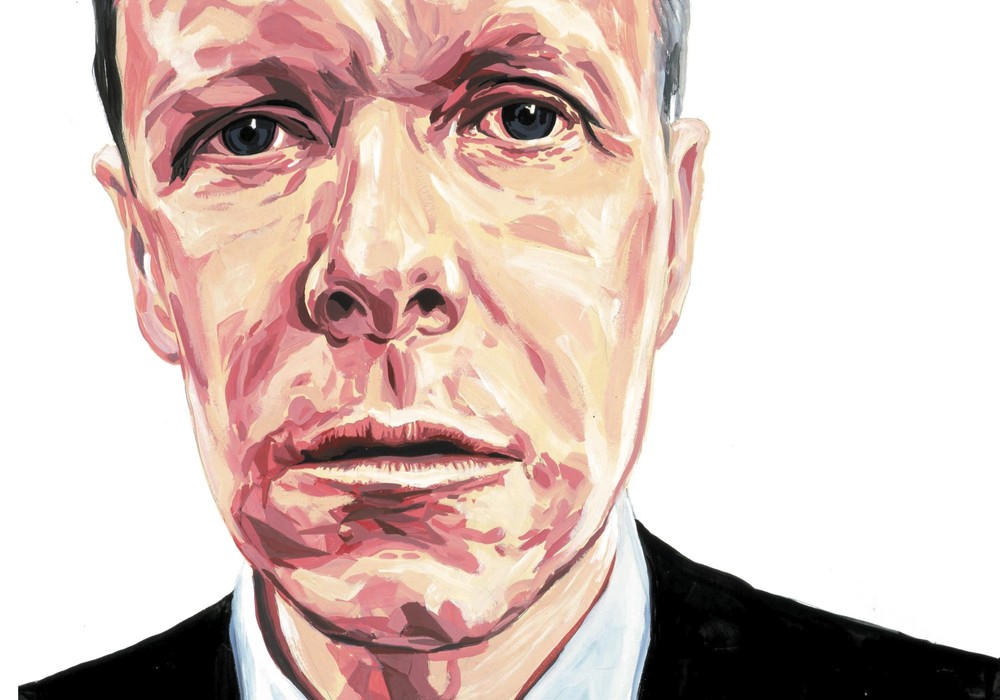What exactly is/are "trombone-propelled electronics?"
The backwards guitar pieces were fun to watch because of all those "horny guitars" (as my wife dubbed the highly pronged pawnshop specials that met the under-$50 Collins budget criterium.) "Devil's Music" almost rocked, and had a vaguely DJ-look that seemed to justify the low-key performance. Then in 1986 or so I started hacking an early, pre-DSP digital reverb — the Stargate from Ursa Major — to do both the live sampling I'd gotten hooked on and some very weird digital signal processing. It sounded cool, but took me back to the Tudor-era minimal knob-twiddling performance style. For reasons of theatre and pedagogy I decided I needed a BIG controller, a HUGE knob, so that the tiny gestures of nudging electronics would visually amplified. I remembered how in early science fiction movies ordinary everyday things like door knobs would be huge — like the wheels on hatches in submarines; then Star Trek substituted tiny keypads and voice response. I wanted to go back to Buck Rogers-scale. I thought, "What I need is a really big slide pot." I had an old trombone lying around the loft. I took an optical shaft encoder — essentially half a mouse, like the continuous rotation knobs used these days for data entry on synths and control surfaces — and mounted it on the back of the trombone, then ran a retractable dog leash around the encoder's knob to the slide, so that when I moved the slide the leash would pull in and out, and the knob would turn. I attached a small keypad to the slide where I could reach it with my fingers. By pressing the keys as I moved the slide I could increment and decrement two dozen values in my computer program — just like clicking and dragging with a mouse, only without having to look at a computer screen. The computer used these values to control the behavior of the signal processing: record a live sample, play it, reverse it, slow it down, add multiple echo taps, scrub through it, etc. The digitally processed sounds could then play back through the speaker coupled to the mouthpiece, so they could be further processed acoustically by moving the slide, using mutes, aiming the thing around the room, etc. The trombone-speaker was kind of lo-fi (it sounded like an old gramophone) but kind of charming, and it transformed the whole electronic system into almost an acoustic instrument (with the press of a button I could also channel the output to the PA when I wanted a beefier sound.) I had initially assumed that, as with most of my previous gizmos, I would use this thing for one or two pieces and then build up something new for the next one, but the trombone had surprising longevity — maybe because it was more like a proper instrument and less like a score embodied in silicon. Although in no way as powerful and flexible as a real trombone, it was surprisingly versatile. I used it in several composed pieces over the next five years, and it also served as my entry into the world of improvised music. Perhaps because it looked like a musical instrument I found that improvisers were happy to play with me. Self-processing had been a part of the vocabulary of amplified instruments such as electric guitars. There were some wonderful early practitioners of synthesizer improvisation — I'm thinking in particular of Richard Teitelbaum and, later, Bob Ostertag — and a handful of DJs — such as Christian Marclay — were visible in the 1980s; but I think I was one of the first on the scene to play a "signal-processing instrument" — an instrument that was mute until someone else started playing and I could sample and process them. The novelty must have been appealing: I played hundreds of concerts with musicians like Tom Cora, Peter Cusack, Shelley Hirsch, George Lewis, Ben Neill, Zeena Parkins, Elliott Sharp, Christian Marclay, and John Zorn, and in 1989 did a CD of 42 short improvised duets with 15 of them [100 Of The World's Most Beautiful Melodies]. Because a Commodore 64 microcomputer was embedded in the Ursa Major chassis to translate button pressing and slide movement into signal processing parameters, I could hook up a monitor and disk drive whenever I wanted to tweak or expand the program. But it was tedious work. I was starting to feel that the instrument had reached the limits of its evolution when it was run over by a taxi at Schipol Airport in Amsterdam in 1994. I patched it together and nursed it along for another month before it finally expired, rather dramatically, during a live radio performance, while I built up a new instrument based on the STEIM SensorLab (a small computer that translates sensor data into MIDI) and a MIDI-controlled effects unit. As with the original version, this one suited me quite well until I reached the limits of its DSP vocabulary and the bandwidth constraints of MIDI, around 2001. By then I was happy to retire both the instrument and the whole concept of "live sampling and signal processing" (which had by this time become quite commonplace) but a few years later I dusted it off for a last performance and realized that I still enjoyed the basic premise of an alternate controller with an acoustic voice. So I started working on Rev. 3.0 and got it to the point of playing out (still held together with rubber bands) in the spring of 2005. It uses a clever tiny box by Sukandar Kartadinata [the Gluion, www.glui.de] to gather sensor data from the instrument, but all the signal processing is now done in easy-to-program-and-update Max/MSP — which I hope will give this instrument a longer shelf life before obsolescence than its predecessors, and expand the signal processing palette beyond what I had in the past, and what's available commercially.
At some point in the late 1980's I recall you doing unspeakable things to portable CD players. You were certainly the first composer to work with the skipping CD, though many others followed in your footsteps. What did you do?
As I said I've been interested in DJ culture since the early 1980s. I really admired the way this affordable, low-tech sampling instrument was so quickly incorporated into both pop and experimental music. I worked with a few DJs — primarily Christian Marclay — and thought about picking it up myself, but was put off by the sheer weight of the gear. I was forever trying to reduce the amount of junk I toured with, and adding turntables and vinyl seemed a step backwards. So when CDs emerged in the mid-1980s I thought, "Hmm, CDs and Discmen are lighter, and I bet it's possible to hack the player." Yasunao Tone had just started "wounding" CDs with Scotch tape to make his fabulous, edgy, proto-Glitch music [1985], but I was interested in modifying the player to make a performable, turntable-like instrument, rather than altering the CDs themselves. I called up a Sony parts distributor in the USA and sweet-talked a service manual out of them for the cheapest Discman I could find. On the largely incomprehensible schematic I found a signal designated "mute". I figured on a trombone a mute is an expressive tool, but in audio mute means "off" — what did they want turn off, and why? I followed the signal upstream to the control chip and ripped off that leg. Now the CD never muted; it "scratched" the laser across the CD, like flicking a tonearm. Pausing the player produced a beautiful, off-kilter skipping rhythm — not as regular as a skipping record, it had a sort of swing to it. I went through my modest CD collection, scrounged cut-out bins and discovered that I really liked the effect of the hack on late Renaissance and early Baroque music: the timbre of "original instruments" with the hard-edge glitch of the digital click (I called it "digital claves") superimposed. I wrote a bunch of pieces based on this sound and using the hacked CD player as an instrument. In "Broken Light" [1991], musicians in the Soldier String Quartet used foot pedals to scratch through a CD of Italian Baroque string music, suspending fragments in unstable pause-loops, while playing against the resulting pulsing chords. The control interface was pretty crude: they couldn't control exactly where the CD would loop, only get within a second or two, so there was a quasi-indeterminate aspect to the unfolding harmonies that made it more challenging (and rewarding) than playing against a backing tape of similar material. I did a number of similar pieces for instrumentalists and hacked CD players, then finally wrote a CD-free piece for a Berlin chamber ensemble that mimicked the artifacts of the skipping CDs purely acoustically. ["Still (After) Lives", 1997, based on "Still Lives", 1993] By the late 1990s the sounds of malfunctioning CD players were pretty familiar -- from Oval and Microstoria, through Micro-House and Glitch, to Madonna of all people, that off-kilter rhythm had insinuated itself into mainstream pop — but there was a time when it the hacked CD made fresh sounds and provided a nice structure for recycling sound.
